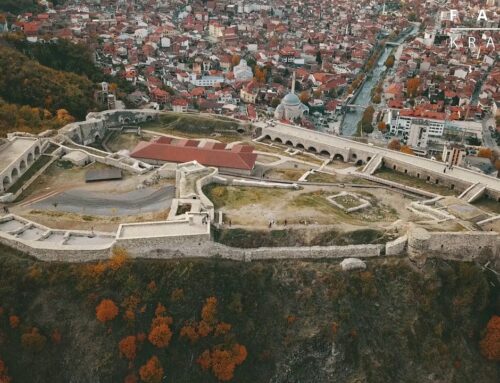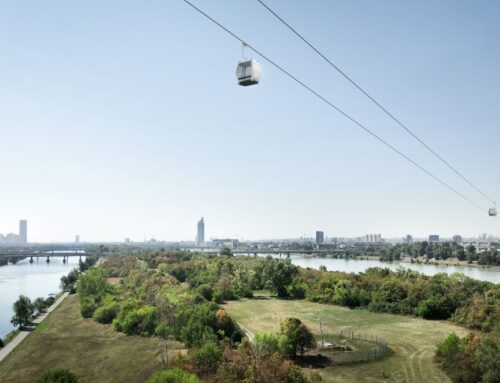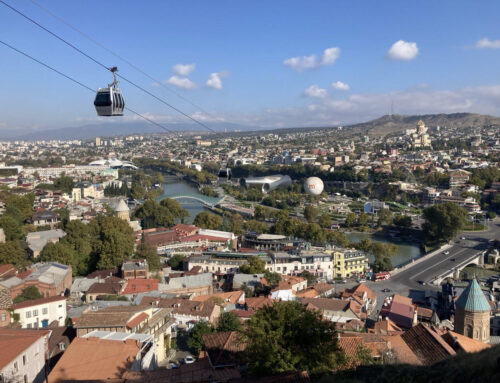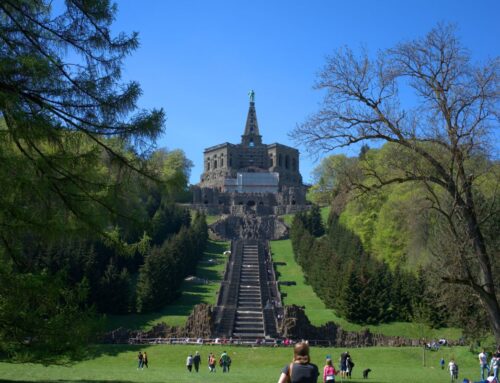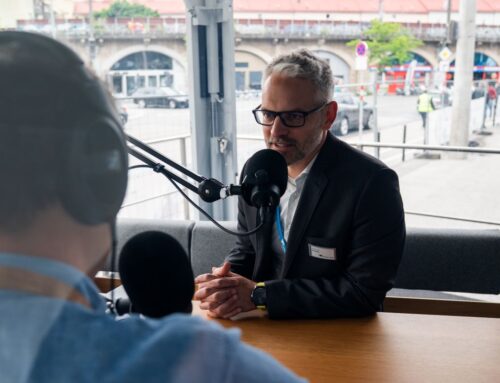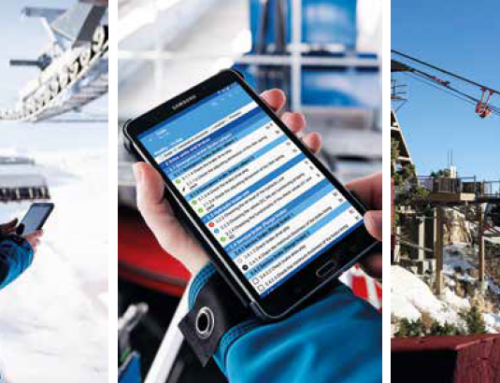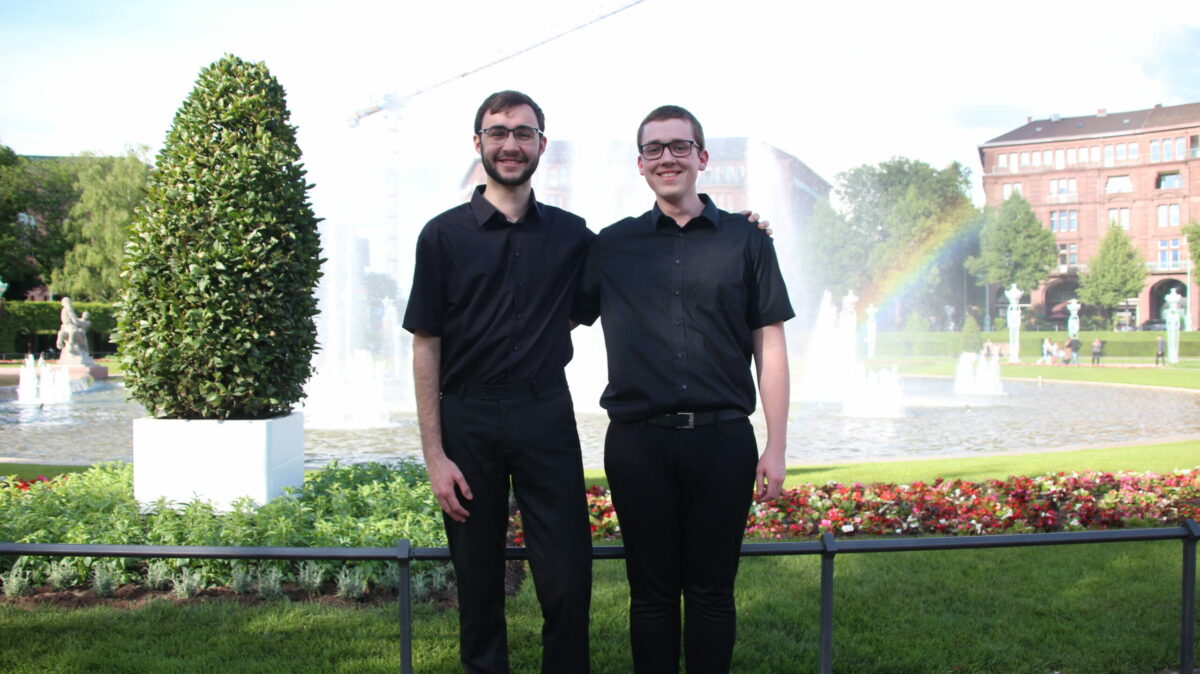
Cities, Digitalisation & Innovation
The bouncing cable car software
- What if cable cars had stations not just at the end of the line (section), but also along the route?
- What if an intelligent cabin could decide whether to detach from the cable to pick up or drop off passengers, or to stay on the cable to reach the final destination faster?
- What if there were stations where cables intersected, and the gondola could choose which cable to continue on depending on the destination?
Marcel Rupp and Ludwig Itschner wanted to explore these ideas not just theoretically but also through a software project that could simulate all these scenarios.
With the support of Roland Itschner, Project Manager at Siemens Switzerland, they developed CableHopper, the simulation software for complex urban cable cars.
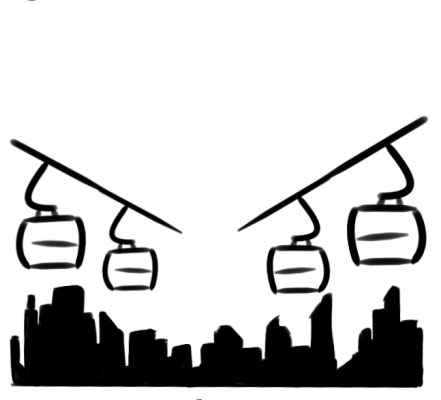
Observe cabins live while they find their way
As a basis for programming, the two IT experts described the objects of a cable car system – gondola, hanging device (cable section, transporter, decelerator, and accelerator), station, platform, and people – and examined their interdependencies.
The cabins themselves are intelligent and plan their fastest route to the next destination by knowing the individual sections and their travel times, thus selecting the ideal path.
“In the simulation, users can see live how the gondolas take turns, have to wait, yield to each other, create traffic jams, and resolve them,” reports Itschner.
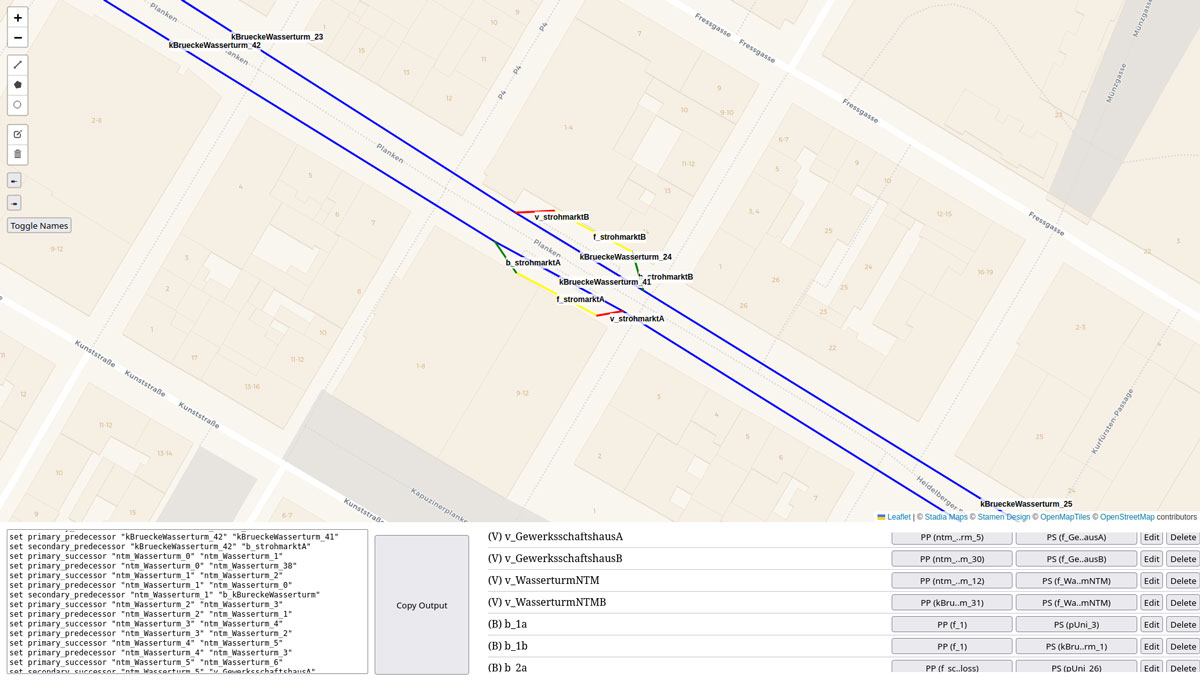
The Path to the Software
The realization of the overall project consists of four parts:
- First, the definition of the cable car system through an understandable language, which is read as a text file by an interpreter.
- Second, the simulation using the object-oriented programming language C++, which allows for fast execution times. This enables the cable car system to be represented as a network of lines in a coordinate system from various angles during the simulation run, and to provide information with a mouse click. The simulation can also be overlaid on an appropriate map in the browser.
- Third, data analysis: The data allows for various analyses and graphical evaluations.
- Fourth, the subprograms and workflow, as Rupp explains: “All programs work together to create a workflow with which we can continuously improve the system.”
Statistics: duration of capacity utilisation
- Vertical axis: Relative duration (in %)
- Horizontal axis: Number of people
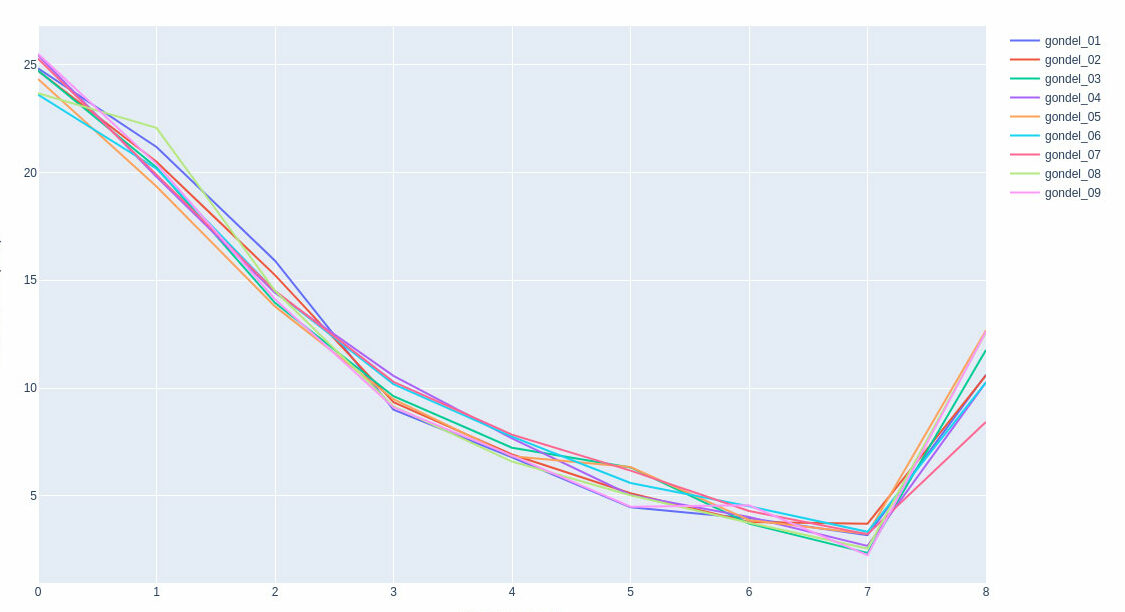
The outcome – opportunities and limitations for complex cable Cars
Currently, the gondolas choose routes and manage passengers based on static algorithms. “We are working on optimizing these algorithms through machine learning,” says Itschner. As a result, the cabins often run empty, leading to unnecessarily long wait times.
However, what the two students can already determine from the data about complex cable car systems is that wait times are highly dependent on operational conditions. Wait times increase during peak hours but drop to nearly zero at night or during low-traffic periods.
“For this reason, gondolas can wait at stations for passengers until there is demand,” Rupp emphasizes. The two IT experts expect average speeds of 12 kilometers per hour – with a cable speed of five meters per second.
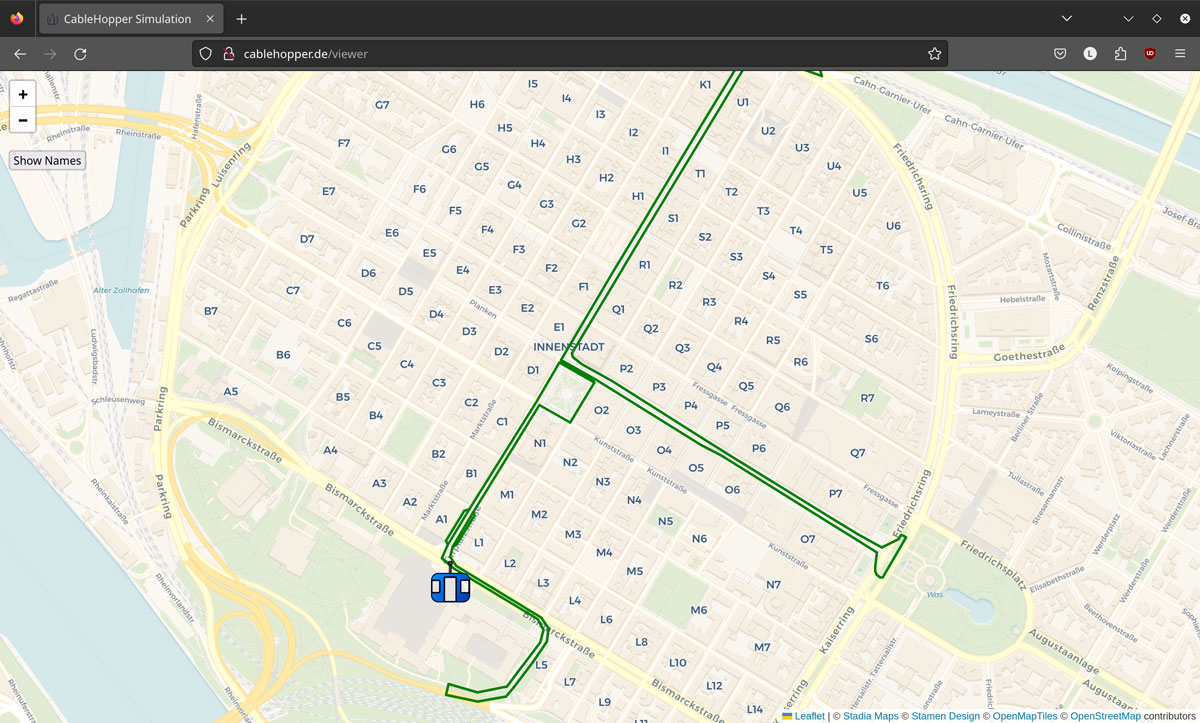
“This means that each person can reach any destination within a ten-kilometer radius in under 50 minutes on average,” explains Itschner.
Current simulations also show that an 8-person gondola is capable of transporting up to 1,000 people within 24 hours.
Outlook – collaboration with the industry desired
“We have developed a simulation software with CableHopper that allows for the simulation of complex cable car systems,” Rupp is pleased to report. The next step is to compare passenger numbers and vehicle parameters of a specific application with the hypothetical cable car.
“We are therefore seeking collaborations with cable car manufacturers, public transport operators, and research institutes,” adds Itschner.
Ultimately, the goal of CableHopper is to work with other stakeholders to bring a complex urban cable car system to reality.
